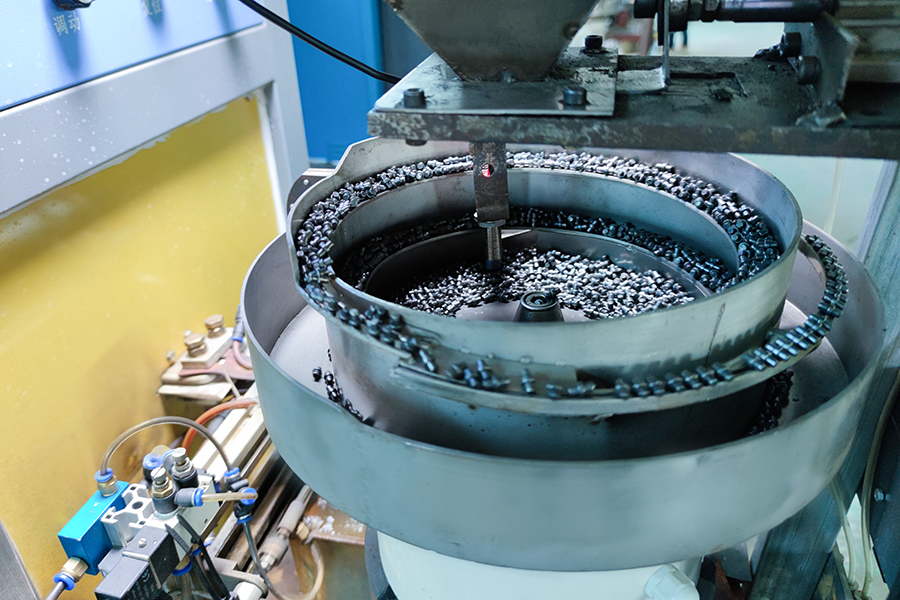You can narrow down your options by considering the kerf size, cutter design, and special features. For example, a micro chisel chain has sharpened edges that grab the wood for clean cuts. It also requires less maintenance because it resists dulling, lasts longer, and sips fuel.
A ripping chain, on the other hand, is designed for a very specific task: milling logs into planks. The cutters on ripping chains cut at a lower angle than standard chainsaw chains — 10 degrees versus 30. This allows the chain to cut into the wood with greater force, while reducing vibration and wear on the bar and sprocket nose. The cutters are deep quenched and hardened for toughness, and the anti-kickback and reduced-vibration technologies ensure a safer working environment.


 英语
英语 西班牙语
西班牙语














